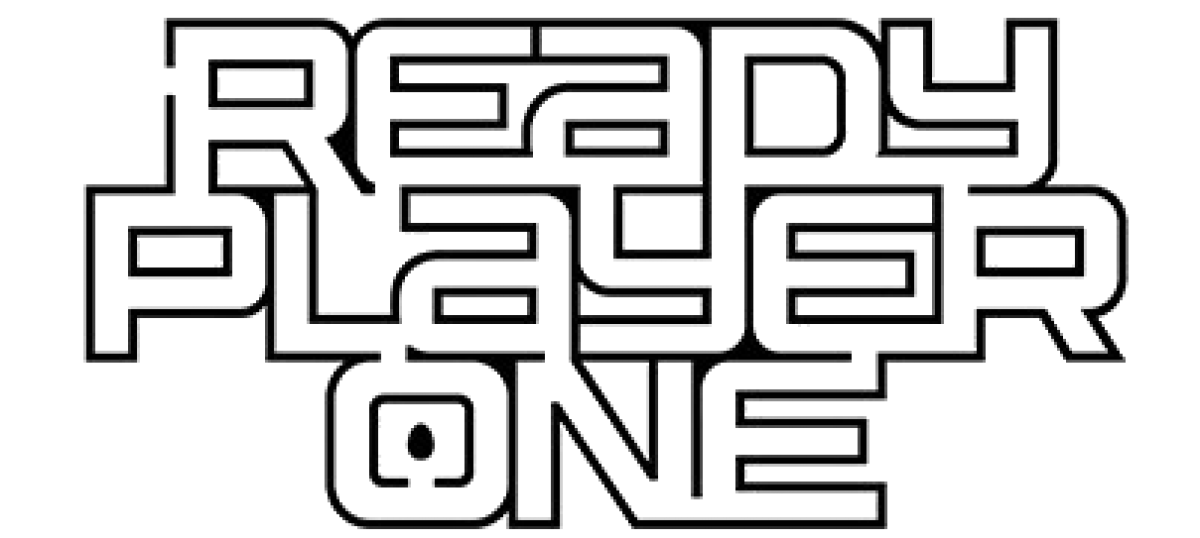Virtual and augmented reality can and are helping chart a new vision of healthcare. The technology has the ability to make huge changes in patient care for everything from pain management to helping addicts combat cravings to help quell the opioid epidemic. The VR and AR healthcare market will reach five and a half billion by 2025 and show no signs of slowing down. While the tech has made huge changes in patient care, it’s also massively changing the other side of the industry, as a training tool for doctors, nurses and students. “Learners do best by having experience, whether it’s learning how to play a sport, a musical instrument or, in my case, do cardiac surgery,” says Chancellor Jeffrey P. Gold of the University of Nebraska Medical Center. “The more experience, the more practice, the more hands on opportunities we get the better off we are to deliver high quality, safe, effective and patient-centered care. This center will achieve all of those goals and continue to bring Nebraska to the epicenter of the learning world.”
In 2015, Western University of Health Sciences in Pomona, California, opened its J and K Virtual Reality Learning Center, becoming the first school in the country for aspiring medical professionals to access medical curriculum using VR technologies. Adding courses that allow students to take tours through the human body via headsets like Oculus Rift, as well as similar devices that contribute to the study of function and motion, has made a huge impact. “Incorporating experiential learning into the curriculum is important,” said UNMC student Cindy Chou, who will graduate in May with both a Doctor of Medicine and doctorate degree. “Studies have shown that with traditional lectures, there is about a 5 percent retention rate of knowledge, whereas if you have hands on practice or immediate application, it increases the rate up to 90 percent. The hope for the new VR and AR technologies is that they will augment traditional teaching techniques by allowing students to more effectively visualize procedures as well as gain hands on experience alongside more traditional teaching techniques, such as lectures.
